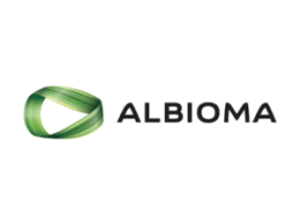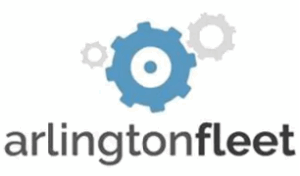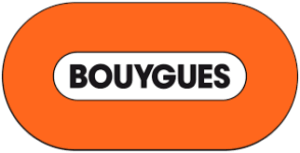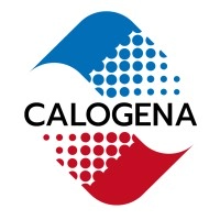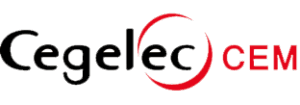One of the leading French sports retailers approached Seres Technologies to improve the safety of its electric bikes. An analysis of operational safety made it possible to identify and correct risks, such as untimely start ups and overheating that could cause a fire. This preventative approach enabled Seres Technologies to secure mass market products, while ensuring their compliance with current standards.
Seres Technologies
Operational reliability
The challenges of operational reliability
Operational safety plays a major role in industries with a high level of criticality such as nuclear, aeronautics, railways, automotive and defence, where the safety of people and facilities is vital. Operational safety aims to control the risks related to faults, whether due to progressive wear, human error or some external event. Owing to its analysis and fault anticipation methods, accidents and their consequences can be prevented.
The Seres Technologies expertise in operational reliability
Seres Technologies offers a global approach to operational safety, delivered in particular by predictive analyses, making it possible to optimise the reliability, availability, maintainability and safety (RAMS) of equipment while integrating new technologies and digital advancements. Drawing on dysfunction analyses, this approach identifies the failure modes and risk reduction measures to enhance system performance.
The most commonly used dysfunction analysis methods are APR (Advance Risk Analysis), FMECA (Failure Modes, Effects and Criticality Analysis), the modelling of events reduced by fault trees and Petri nets.
In terms of functional safety, Seres Technologies evaluates and manages routine risks by ensuring compliance with standards such as IEC 61508 and ISO 13849, thus offering an optimal level of safety (SIL: Safety Integrity Level, PL: Performance Level).
Maintenance engineering: protecting an organisation’s tangible assets
Seres Technologies offers comprehensive support in maintenance engineering, to help companies to optimise the performance of their facilities.
– Current evaluation: Analyse the existing maintenance process and examine the maintenance history to identify trends
– Identify priorities: Rank equipment according to their operational level of criticality, and identify the equipment that requires immediate action
– Development of maintenance and management plans for support elements: Compile specific plans for each item of equipment, incorporating monitoring in real time, identifying and determining sizes for the support elements (PDR, staff tools and infrastructure)
– Integration of maintenance 4.0: Develop and incorporate artificial intelligence, advanced data analysis and automation for effective asset management
– Compiling of technical user manuals and staff training: Hold regular training sessions on methods of maintenance, and the drafting of maintenance and training manuals
– Implementation and monitoring: Implementation of changes gradually to minimise interruption, and continually monitor performance in order to make adjustments in real time.
Expert Opinion

The regulatory standards and norms that Seres Technologies applies in operational reliabity
The benchmark standards that we apply as part of our service for bringing systems and equipment into regulatory compliance.
- Operational safety general standards: IEC 61508, ISO 13849, ISO/PAS 21448
- Railway: CENELEC 50126, 50128, 50129, EN 50716
- Aeronautics: ARP 4754A, ARP 4761, DO-178, DO-254, 14CFR25.981, 14CFR25.954, AC25.981
- Automotive: ISO 26262
- Reliability standards:
- MIL-HDBK-217 (Reliability Prediction of Electronic Equipment): method for reliability prediction of electronic equipment.
- IEC 61709 (Electric Components – Reliability Prediction): Prediction of reliability based on field and test data.
- DEF STAN 00-40 (Reliability and Maintainability Requirements for Defence Systems): British standard on the reliability and maintainability in the defence field.
- STANAG 4174 (Reliability and Maintainability of Military Systems and Equipment): NATO standard stipulating requirements in terms of reliability and maintainability of military equipment.
- IEEE 1633 (Recommended Practice for Software Reliability): Recommendations for the evaluation of software reliability.

Do you have a project?
Our teams are here to listen, address your needs, and support you from design through to completion.
Examples of projects carried out by Seres Technologies in reliability and safety engineering
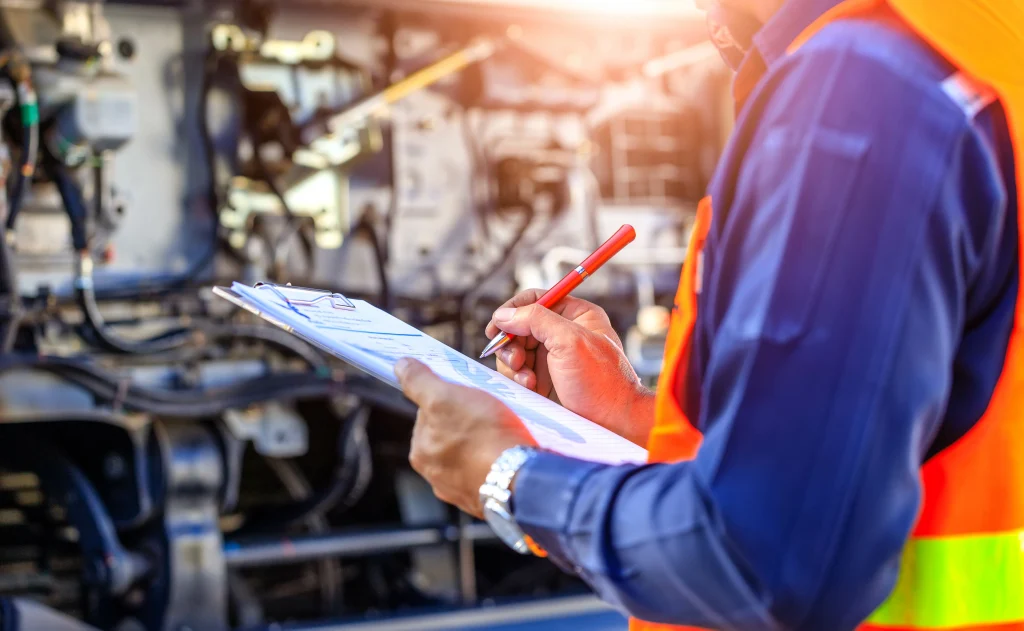
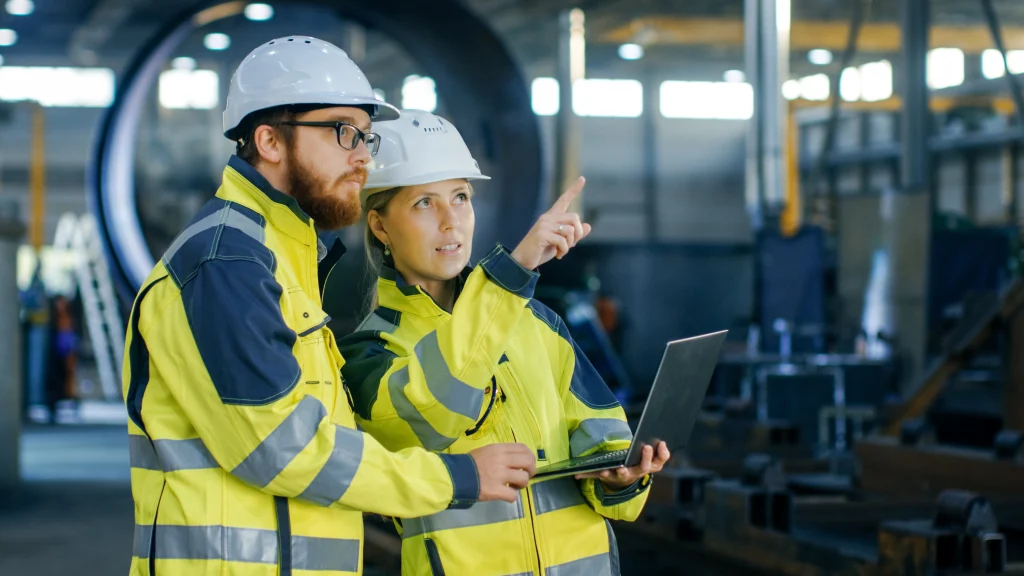
Securing of an industrial freight dirigible
Seres Technologies is working on the development of an innovative industrial freight dirigible. The aim is to evaluate operational risks, optimise maintainability and guarantee the safety of embedded equipment by drawing on high-demand aeronautic benchmark products.
Unlock your potential at Seres Technologies
Joining Heliatec Ingénierie means you’ll be joining an international company that operates on a human scale, where a positive, collaborative-focused culture fosters a stimulating working environment. Thanks to the diversity of our projects across a wide range of sectors, each employee has the opportunity to take on ambitious technological and human challenges, developing their skills and contributing to major innovations.
Join our team

Would you like to join our team ? Please send us your resume :
FAQs
What are the main difficulties encountered when implementing an operational safety approach?
The early integration of safety requirements into the life cycle of systems requires close collaboration between design office engineers and experts in reliability. The rapid evolution of technologies and regulations calls for ongoing monitoring. Cost management also requires a trade-off between performance, safety and financial constraints.
What is the impact of artificial intelligence and digital on operational safety?
AI and digital tools improve the predictive analysis of faults, automate monitoring and optimise maintenance via digital twinning. However, these innovations come with their challenges, particularly in terms of validation of the strength of algorithms and their integration into critical systems where the slightest error can cause severe consequences.
Why do safety requirements vary between industrial sectors?
Each industry presents specific risks which influence safety requirements. In nuclear, it’s a matter of managing the risks of radiation and reactor failure. In terms of aeronautics, maximum redundancy is needed to prevent failure during flight. In automotive, the focus is on the reliability of Advanced Driver-Assistance Systems (ADAS). Each field requires mastery of the relevant benchmarks.

